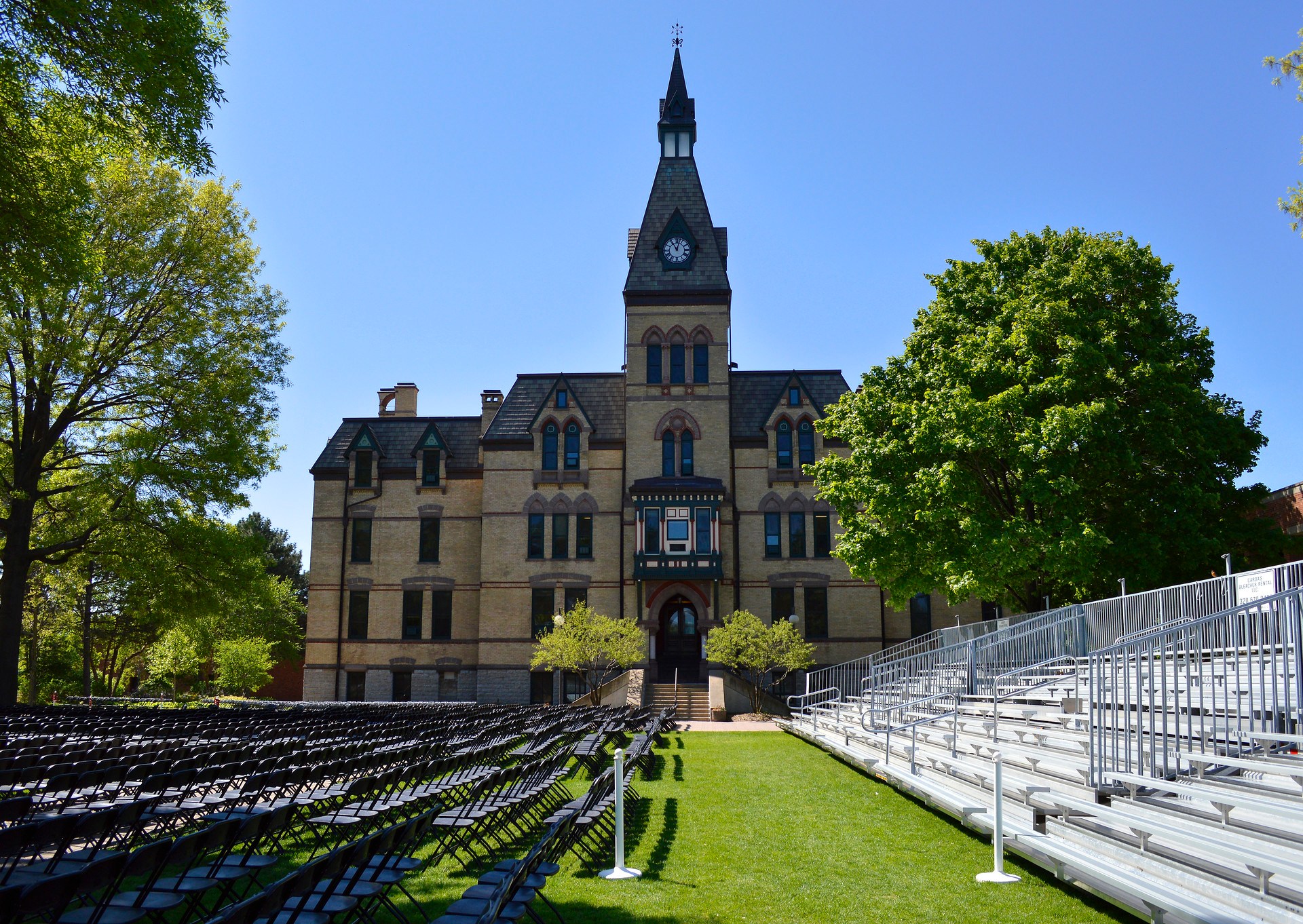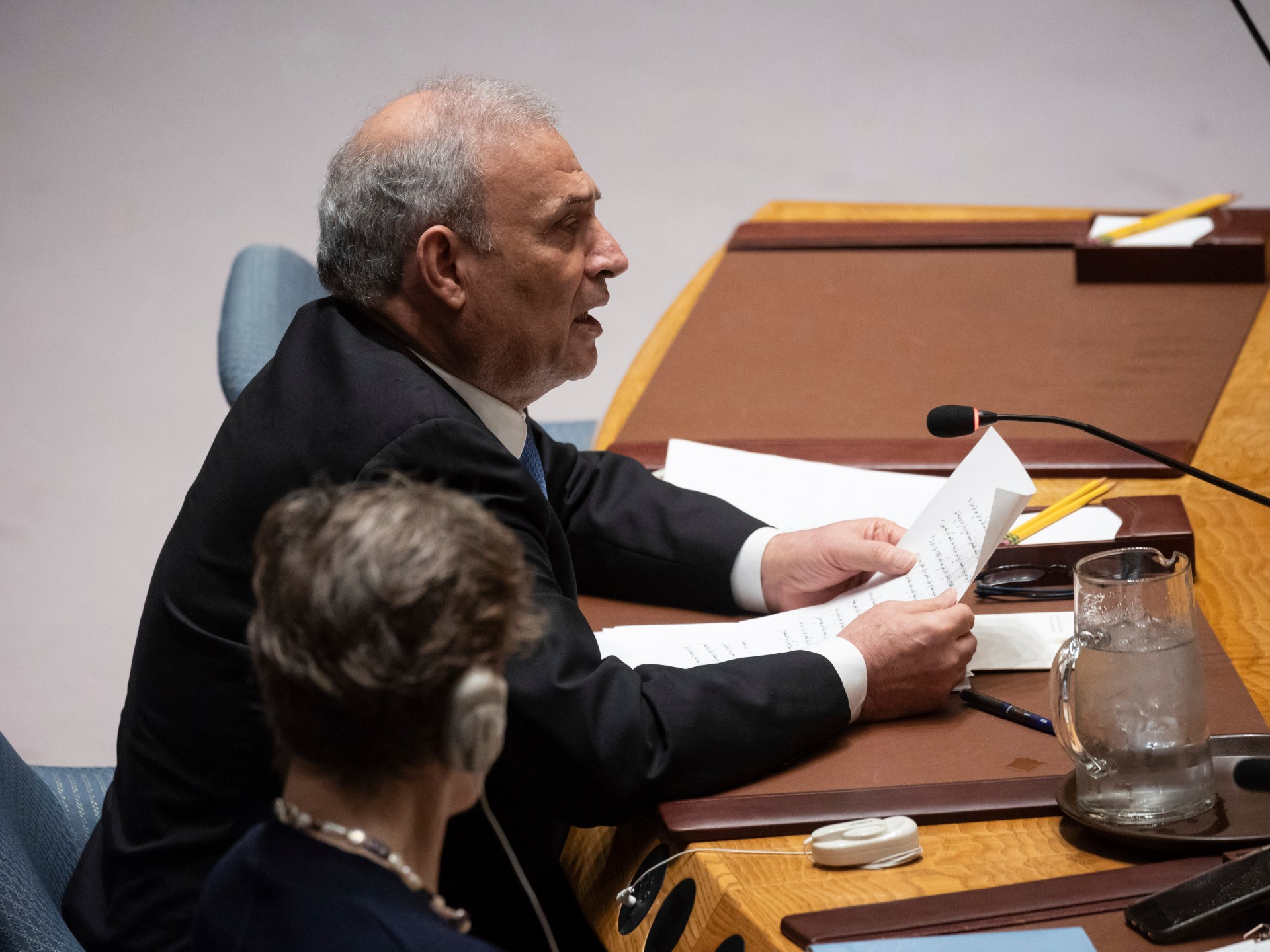The Hamline controversy and the real threat to academic freedom
Over the past few weeks, there has been much debate about academic freedom in the United States. It was sparked by the decision of Hamline University not to renew the contract of an adjunct professor who showed a famous 14th-century Persian painting of the Prophet Muhammad and Angel Gabriel in her art history class. The decision was made following the complaint of a Muslim student who felt offended.
“We now find ourselves at the heart of a purported standoff between academic freedom and equity.” These words by Hamline University President Fayneese Miller succinctly summarise what appears to be a false dichotomy thrust upon professors across the country.
Academic freedom defenders have condemned the non-renewal of the adjunct professor, while equity advocates have reiterated the importance of creating university environments that are welcoming and inclusive to America’s rapidly diversifying student population, including Muslims.
Speaking past each other, these two camps miss the real problem here: the commercialisation of higher education to the detriment of students and faculty alike.
Facing financial pressures to cut costs, even as tuition skyrockets, administrators in both public and private schools have been replacing tenure-track lines with adjuncts since the 1970s. In 2020, two out of every four faculty in the US were adjunct professors on short-term contracts with no guarantee of renewal, getting paid just a few thousand dollars per class.
About 25 percent of adjunct professors rely on public assistance and 40 percent cannot meet basic expenses, according to the American Federation of Teachers.
Compare this to 1969, when approximately 78 percent of faculty were tenure or tenure-track earning a living wage. State funding covered over 70 percent of public university budgets in the 1970s; today it has dropped to 34 percent. Tuition dollars are now covering that difference.
Meanwhile, the current generation of students view universities as vendors who they pay to keep them satisfied. University administrators oblige by providing upscale dorms, elaborate food courts, and state-of-the-art recreation centres.
Students’ demands to be fully satisfied extend into the classroom. As a result, professors are increasingly confronted by administrators responding to student complaints about workload, teaching style, assigned content, class discussions, or other matters that should be fully within the professor’s discretion.
If the university is no different than a company that provides a consumer product, tuition-paying students unsurprisingly feel entitled to tell professors how and what to teach.
But universities are not commercial entities, despite the troubling trend of administrators behaving as company executives. Nor are faculty merely employees.
Having spent decades studying and researching, university faculty are hired because of their deep expertise. Allowing students to dictate what a professor teaches, thus, erodes the quality of the very education they are paying to receive.
Indeed, universities are supposed to generate critical engagement on complex issues impacting society – whether it be climate change, racial justice, human rights, or public health. Exposure to diverse knowledge should trigger the intellectual inquiry that often produces discomfort, disappointment or even dissent. Rarely will this occur without the academic freedom to rebuke interference by administrators, donors, and students.
Without tenure, however, statements in support of academic freedom are no more binding to a university than a company’s public relations talking point. And the desire to keep student-customers satisfied (and paying tuition) will supersede the best-intentioned administrators’ commitments to academic freedom.
The Hamline University controversy is rightly ringing alarm bells across academia, but not for the reasons academic freedom advocates declare.
The systematic evisceration of tenure-track lines will be the death of academic freedom in America, not Muslim students expressing their discomfort at seeing a famous Persian painting glorifying Prophet Muhammad in an art history class.
The Muslim students at Hamline are doing precisely what a college education is intended to allow them to do – think critically about course materials, including expressing their disagreement.
The students had every right to inform Hamline University administrators about multiple incidents of Islamophobia they experienced on campus, separate from and before their encounter with the painting in an online class. Academic freedom does not give licence to anyone at a university to harass or demean students.
Of course, the publicly available facts show this was not the intent of the professor in showing the Persian painting. Had she not been an adjunct, no administrator could have unilaterally decided not to renew her contract whether due to student complaints or any other reason. Had the professor been tenured, the university administration would have had no choice but to treat her as an equal, rather than a subordinate in a commercial entity.
In turn, the resolution of the student complaints could have allowed the professor to work with administrators to make the experience a transformative teaching moment for students.
The Hamline University controversy is not a standoff between academic freedom and equity, for the two principles need not be incompatible. It is the latest wake-up call that the existential crisis of academic freedom is not students questioning content in a class – it is the systematic adjunctification of university faculty.
The views expressed in this article are the author’s own and do not necessarily reflect Al Jazeera’s editorial stance.




